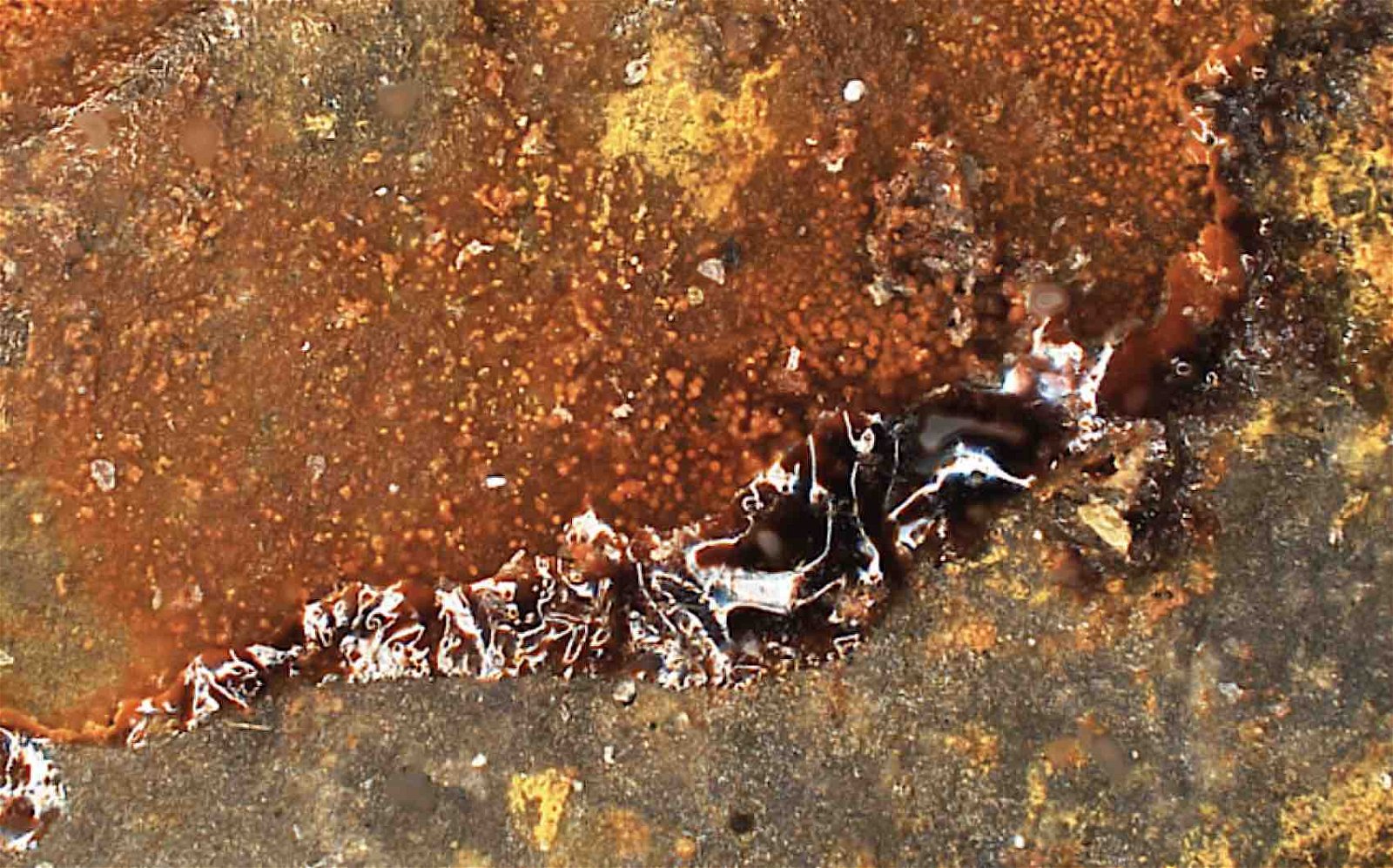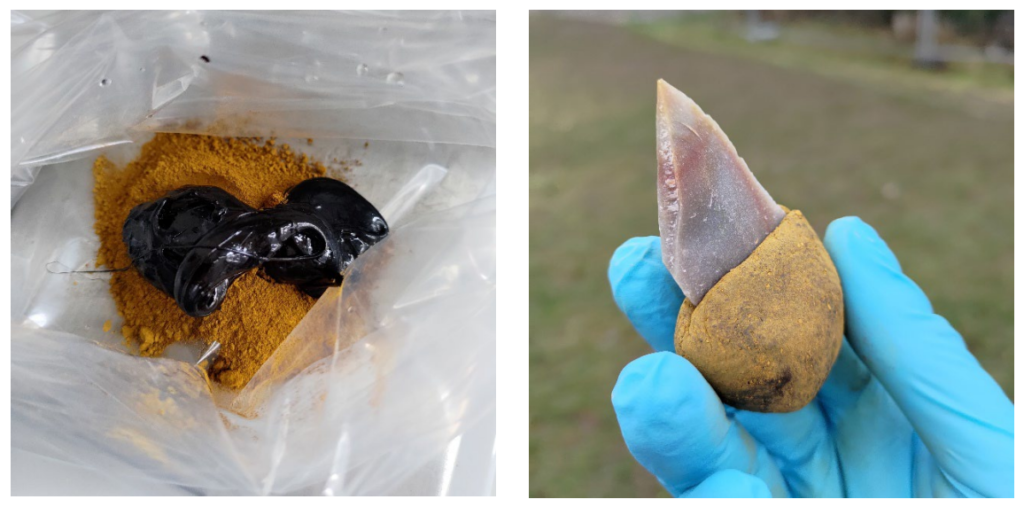According to a new study, Neanderthals were using an ochre-based compound as a glue-like adhesive at the Mousterian type site in Le Moustier, France, around 40,000 years ago.
Led by Patrick Schmidt at Eberhard Karls University of Tübingen in Germany, and published in Science Advances, the study documents the earliest known use of a multi-component adhesive in Europe, indicating complex cognitive abilities and technological innovation among Neanderthals.
A Sticky Situation
The research team reexamined stone tools from Le Moustier, which had been untouched since the 1960s, and found traces of a mixture of ochre and bitumen on several artifacts, including scrapers, flakes, and blades. Ochre, a naturally occurring reddish earth pigment, and bitumen, a common component of asphalt, were combined to create a sticky glue-like mass for tool making.
This mixture was found to be more than 50% ochre, which was surprising to the team because air-dried bitumen alone can serve as an adhesive, but loses its adhesive properties when mixed with such large proportions of ochre. So the team ran some tests.


“It was different when we used liquid bitumen, which is not really suitable for gluing. If 55% ochre is added, a malleable mass is formed,” Schmidt explained. “A microscopic examination of the use-wear traces on these stone tools, carried out in collaboration with New York University, revealed that the adhesives on the tools from Le Moustier were used in this way.”
According to their experiments, the glue-like ochre-bitumen glob is sticky enough for objects to remain attached, but it doesn’t stick to the hands, making it perfect for toolmakers.
Microscopic examination of the use-wear traces on the tools indicated that the adhesives were used to connect the tools to handles or were molded onto the tools to function as handles themselves.


Glue and the Cognition of Neanderthals
The use of compound adhesives and early glue-making was previously known from early Homo sapiens in Africa, dating back to over 200,000 years, but never from Neanderthals in Europe. The discovery at Le Moustier suggests that Neanderthals had similar cognitive processes to early Homo sapiens, capable of forward planning and complex behavior. The production of these adhesives would have required a significant investment of time and resources, as the raw materials had to be collected from distant locations.
It turns out that Neanderthals were pretty clever. The ability to produce new materials with specific and desirable properties through the use of adhesives demonstrates a level of innovation and cultural evolution previously not attributed to Neanderthals.
“Compound adhesives are considered to be among the first expressions of the modern cognitive processes that are still active today,” Schmidt said. “What our study shows is that early Homo sapiens in Africa and Neanderthals in Europe had similar thought patterns. Their adhesive technologies have the same significance for our understanding of human evolution.”
MJ Banias is a journalist who covers security and technology. He is the host of The Debrief Weekly Report. You can email MJ at mj@thedebrief.org or follow him on Twitter @mjbanias.

